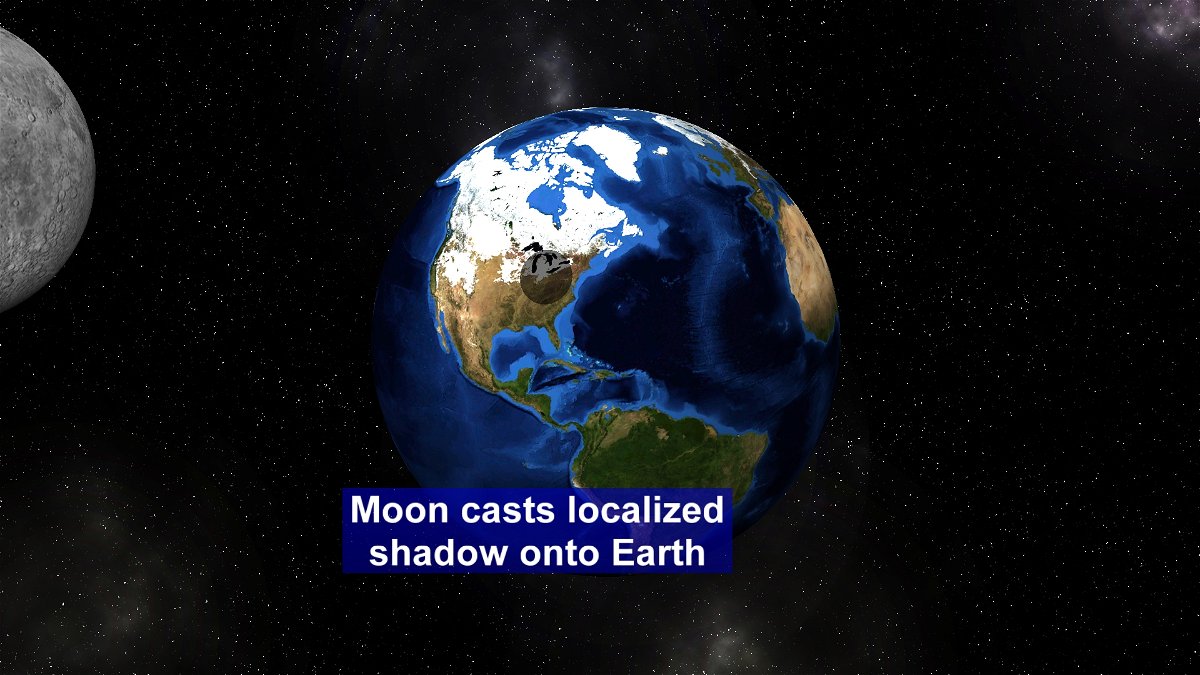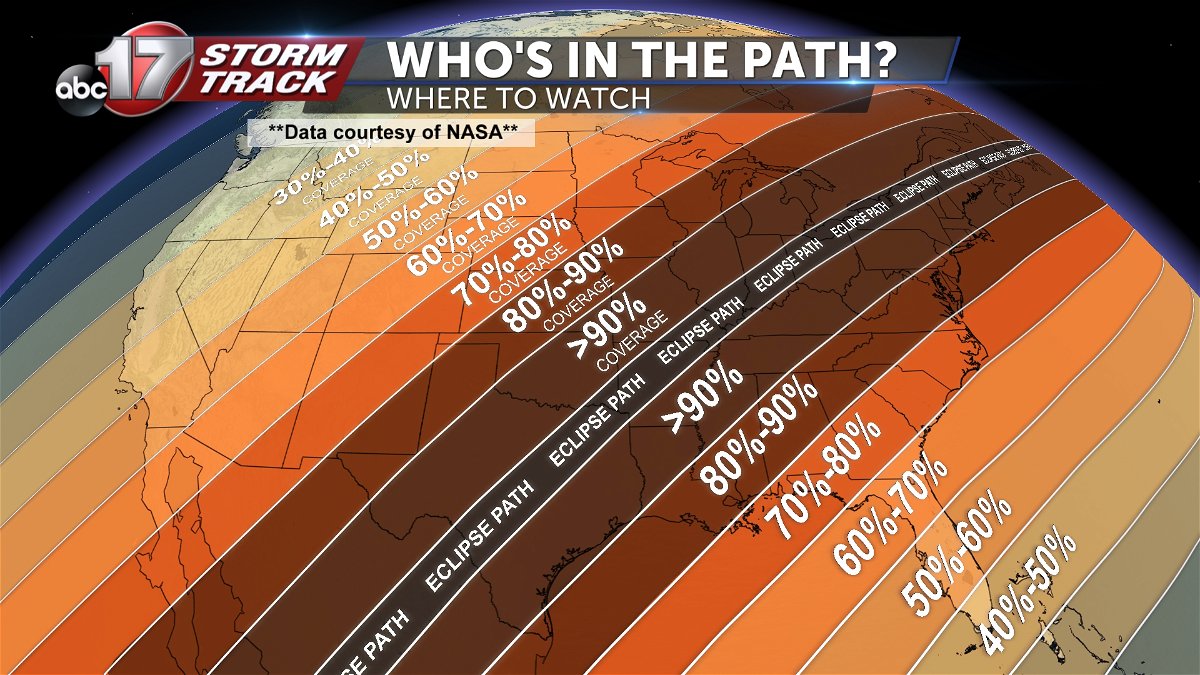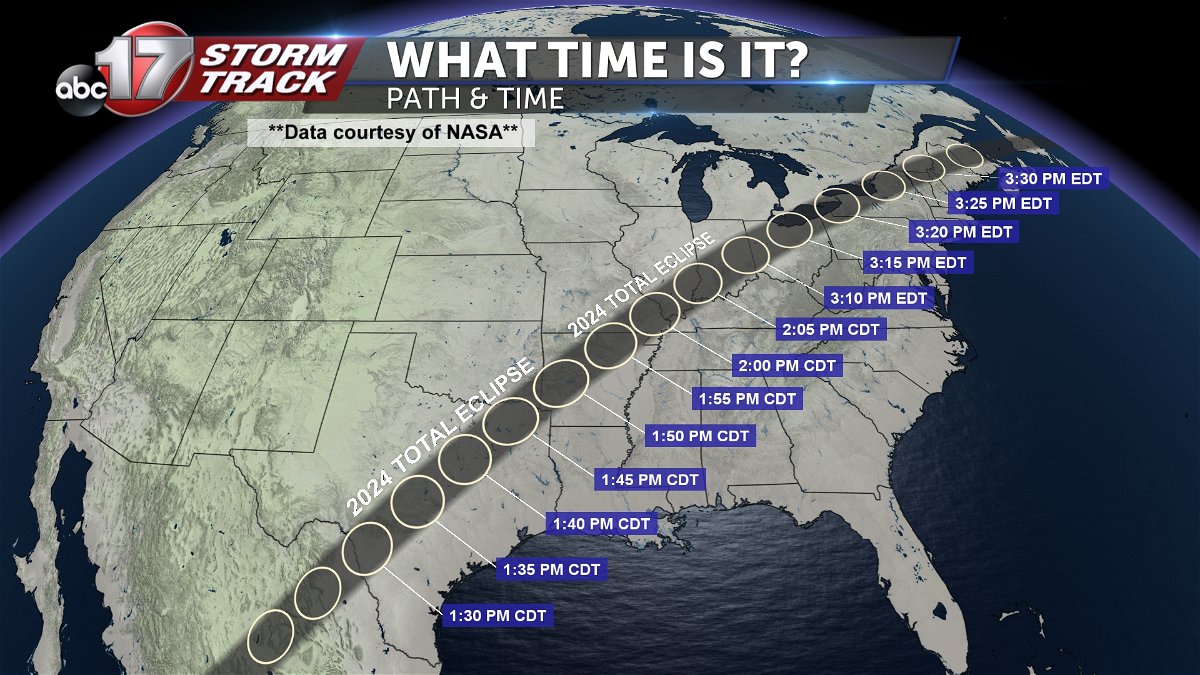Difference between a partial and total eclipse and where to see it
April 8th marks the passing of the total solar eclipse across portions of Southeastern Missouri. This will be the last total solar eclipse until August of 2044 making for an exciting opportunity to see first hand this event.

An eclipse occurs as the moon aligns perfectly between the sun and the earth.

Areas located across a certain path on earth will see a fair amount of darkness for a brief short time period lasting one to two minutes as moons and earth's orbit continue.

This April we will see a total eclipse as opposed to a partial or annular eclipse. This means areas in the path will see complete darkness for the brief period of time. The main difference is in an annular an outer edge shine is seen due to the lack of 100% coverage by the moon.

To see the total eclipse in totality, you must travel to Southeastern Missouri near Cape Girardeau. If you plan to stay in Mid-Missouri however, you will not miss the event entirely. There will be over 90% coverage of the sun by the moon, but an outer ring will appear and conditions will not darken as dramatically.

Make sure you plan to travel well ahead of time for the April 8th total eclipse as traffic is expected to increase substantially in the path of 100% coverage. This event will occur at its peak at around 2:00 pm across much of Missouri.
